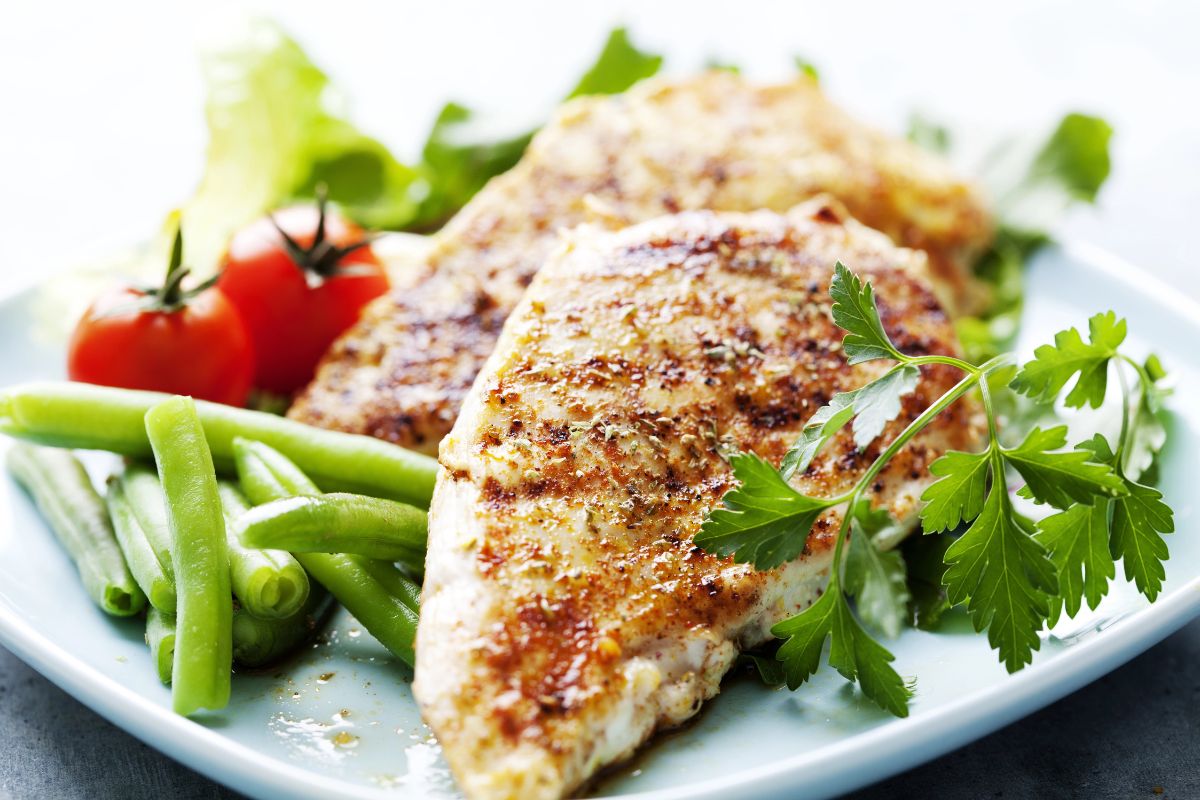15 Low-Cost Foods You Need To Have For A Thrifty Diet
Keeping your grocery bill low while eating well can be challenging, but it’s entirely possible with the right selection of foods. Many low-cost foods are nutritious versatile, and can help you stick to a budget without sacrificing quality or taste.
You can maintain a balanced diet and save money by stocking up on these affordable staples. Here are 15 budget-friendly foods to consider for a thrifty diet.
Beans
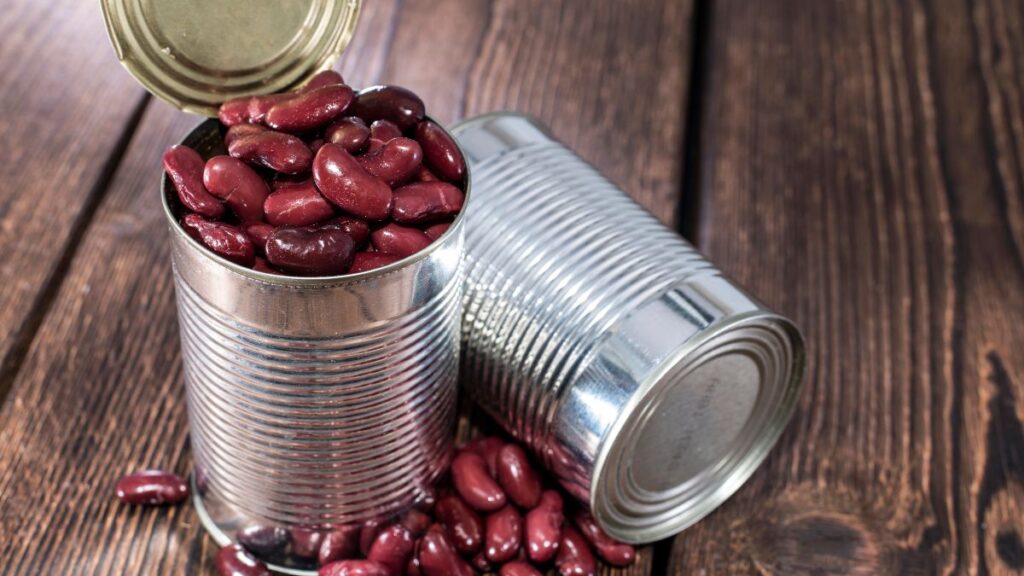
Beans are one of the most cost-effective and nutritious foods you can buy. They are rich in protein, fiber, and essential nutrients, making them a perfect choice for a thrifty diet. Beans come in many varieties, including black beans, kidney beans, and chickpeas, each offering unique flavors and uses.
You can purchase them dried or canned, and they can be incorporated into a wide range of dishes, from hearty soups and stews to salads and casseroles. Dried beans are especially economical, as they can be cooked in large batches and used throughout the week. Their long shelf life also makes them a convenient and reliable pantry staple, helping you save money while providing essential nutrients.
Rice
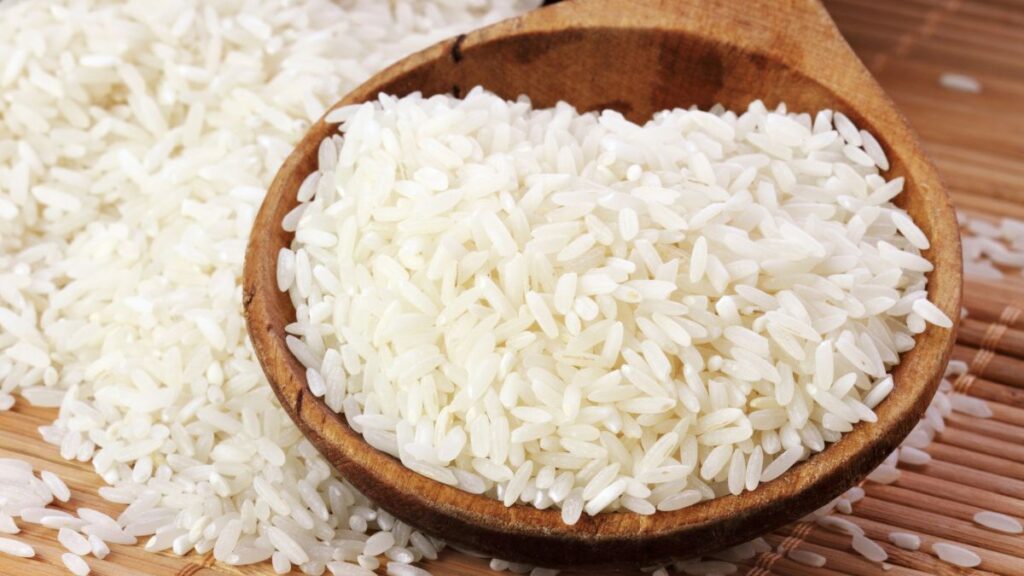
Rice is a staple food in many cultures due to its affordability and versatility. It’s a great base for numerous meals and pairs well with vegetables, meats, and sauces. Rice is available in different varieties, such as white, brown, and jasmine, each offering its own texture and flavor.
Buying rice in bulk can further reduce costs, making it a budget-friendly option for families and individuals alike. Its long shelf life means you can store it for months without worry, and its ease of preparation makes it a go-to for quick, filling meals. Whether you’re making stir-fries, rice bowls, or side dishes, rice is an essential part of a cost-effective diet.
Pasta
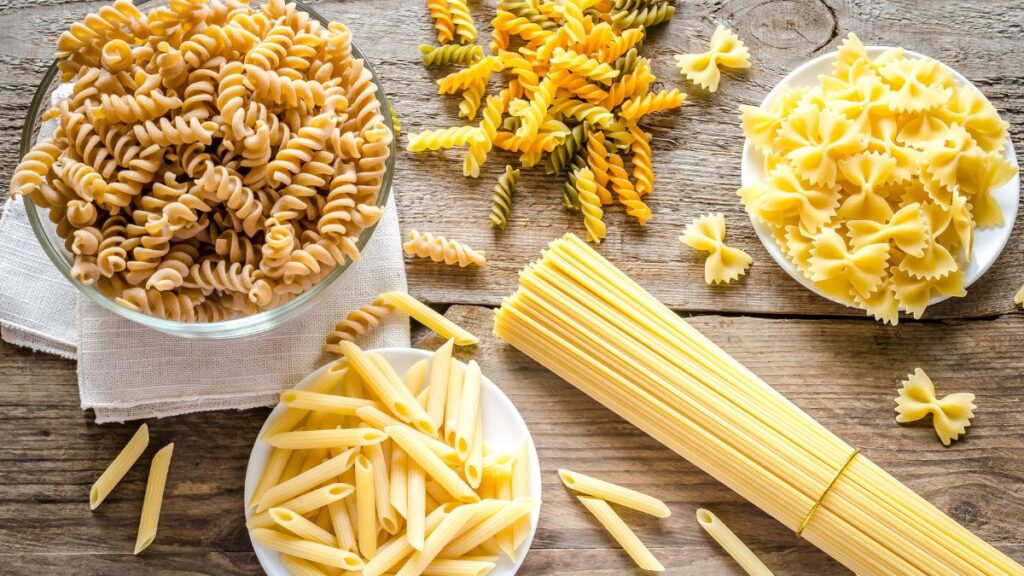
Pasta is a beloved and budget-friendly food that’s both filling and adaptable. It comes in many shapes and sizes, making it suitable for a variety of recipes, from spaghetti and meatballs to macaroni and cheese.
Pasta is easy to cook and has a long shelf life, allowing you to stock up and use it as needed. It can be paired with simple sauces, vegetables, or proteins to create delicious meals. Buying pasta in larger quantities or store brands can help you save even more money. Its versatility and affordability make it a staple for many households looking to maintain a thrifty diet while enjoying a range of tasty dishes.
Eggs
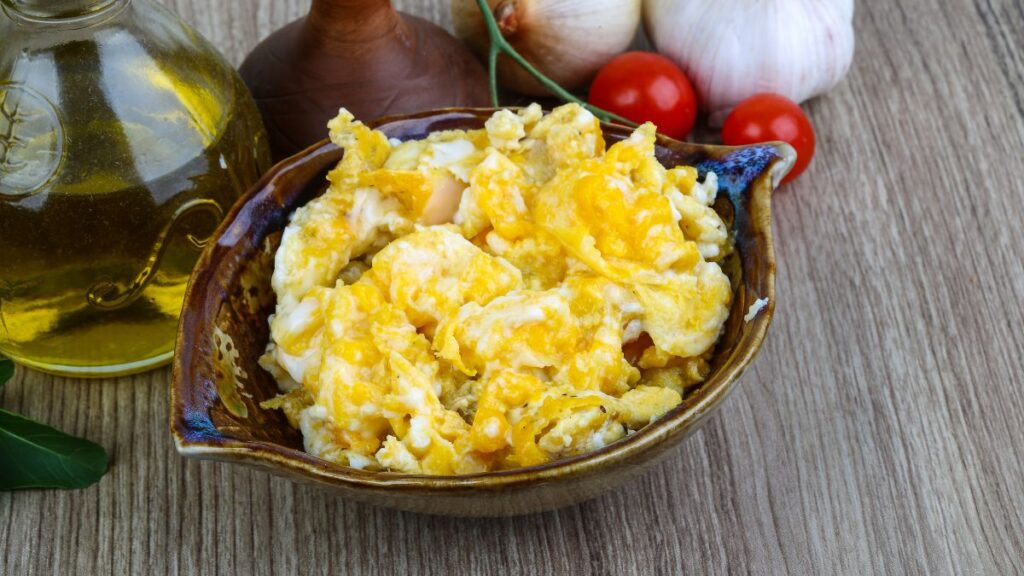
Eggs are an incredibly affordable source of high-quality protein and other essential nutrients. They can be used in countless recipes, from breakfast dishes like scrambled eggs and omelets to baked goods and main courses. Eggs are versatile and can be prepared in numerous ways, including frying, boiling, or poaching.
They have a relatively long shelf life when stored properly, making them a practical choice for any budget-conscious shopper. The recent price fluctuations have made them a bit pricier at times, but they remain a cost-effective option compared to other protein sources. Incorporating eggs into your meals can help stretch your food budget while providing essential nutrition.
Potatoes

Potatoes are a versatile and inexpensive vegetable that can be used in many different recipes. They are rich in vitamins, minerals, and fiber, making them a nutritious addition to your diet. Potatoes can be baked, mashed, roasted, or turned into soups and stews, providing a hearty and filling option for meals.
They are also relatively cheap, especially when purchased in larger quantities. Potatoes have a long shelf life when stored in a cool, dry place, reducing food waste and allowing you to use them over time. This versatility and affordability make potatoes a valuable staple for anyone looking to maintain a budget-friendly diet.
Frozen Vegetables
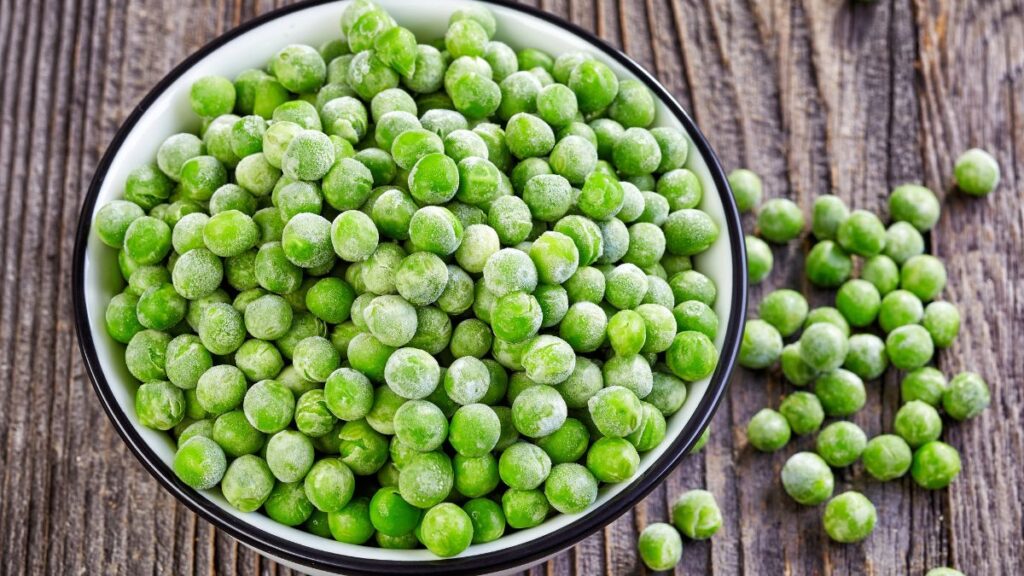
Frozen vegetables are a practical and cost-effective alternative to fresh produce. They are often picked at their peak ripeness and flash-frozen to preserve their nutrients. Frozen vegetables can be used in a wide range of dishes, from stir-fries and casseroles to soups and side dishes.
They are typically less expensive than their fresh counterparts and have a longer shelf life, making them a smart choice for budget-conscious shoppers. By keeping a variety of frozen vegetables on hand, you can easily add nutrition and flavor to your meals without breaking the bank. This convenience and cost savings make frozen vegetables a great addition to a thrifty diet.
Canned Tomatoes
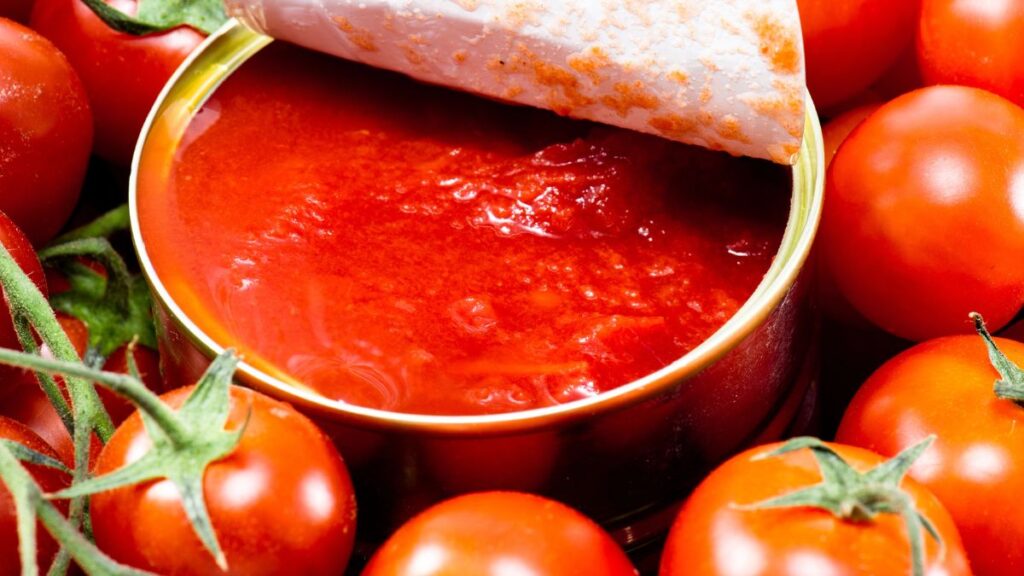
Canned tomatoes are an economical ingredient that adds rich flavor and nutrition to many dishes. They can be used in sauces, soups, stews, and casseroles, providing a versatile base for numerous recipes. Canned tomatoes are often less expensive than fresh tomatoes and have a long shelf life, making them a valuable pantry staple.
They are also available in various forms, including diced, crushed, and whole, allowing you to choose the best option for your cooking needs. The ability to store them for extended periods without spoilage helps you save money and reduces food waste. Incorporating canned tomatoes into your meals can enhance both taste and budget.
Oats
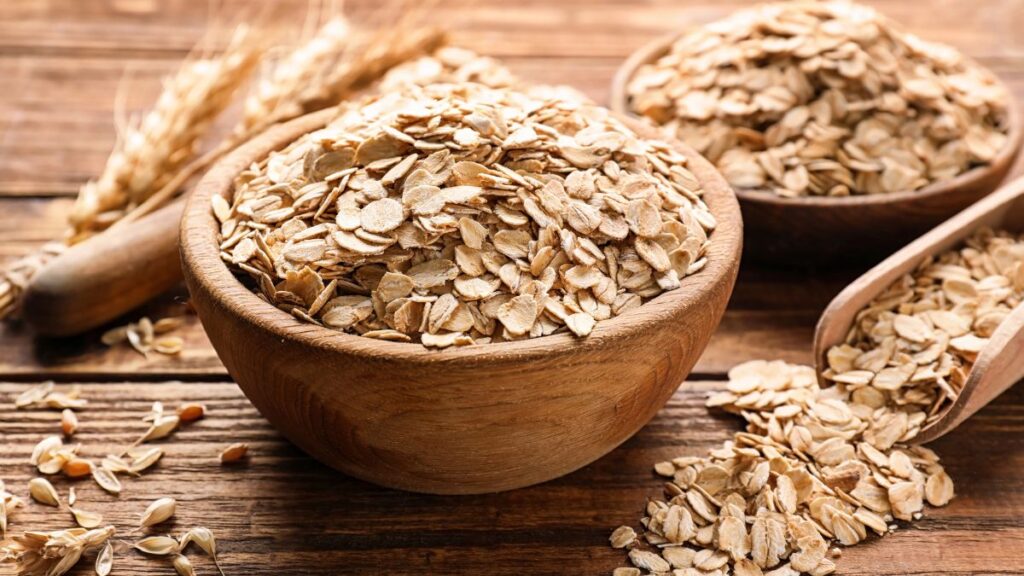
Oats are a low-cost and highly nutritious breakfast option. They are high in fiber and can help keep you full throughout the morning. Oats can be prepared in various ways, including as oatmeal, overnight oats, or baked into muffins and granola bars.
They are also versatile and can be flavored with fruits, nuts, or spices to suit your taste preferences. Buying oats in larger quantities, such as in bulk, can further reduce costs. With their affordability and numerous health benefits, oats are a smart choice for anyone looking to maintain a budget-friendly diet while enjoying a satisfying breakfast.
Lentils
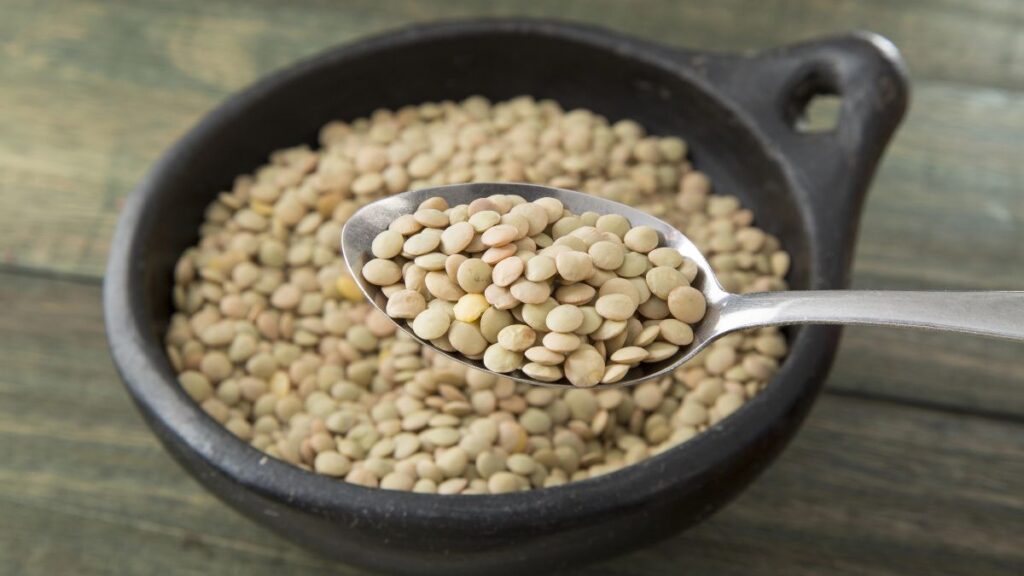
Lentils are a nutritious and inexpensive food that provides a good source of protein, fiber, and essential vitamins. They cook relatively quickly compared to other legumes and can be used in a variety of dishes, such as soups, stews, salads, and even as a meat substitute in recipes.
Lentils come in different colors, including green, brown, and red, each offering its unique texture and flavor. They are also available in bulk, which can help you save money. Their long shelf life and versatility make lentils an excellent choice for anyone aiming to eat healthily on a budget.
Carrots
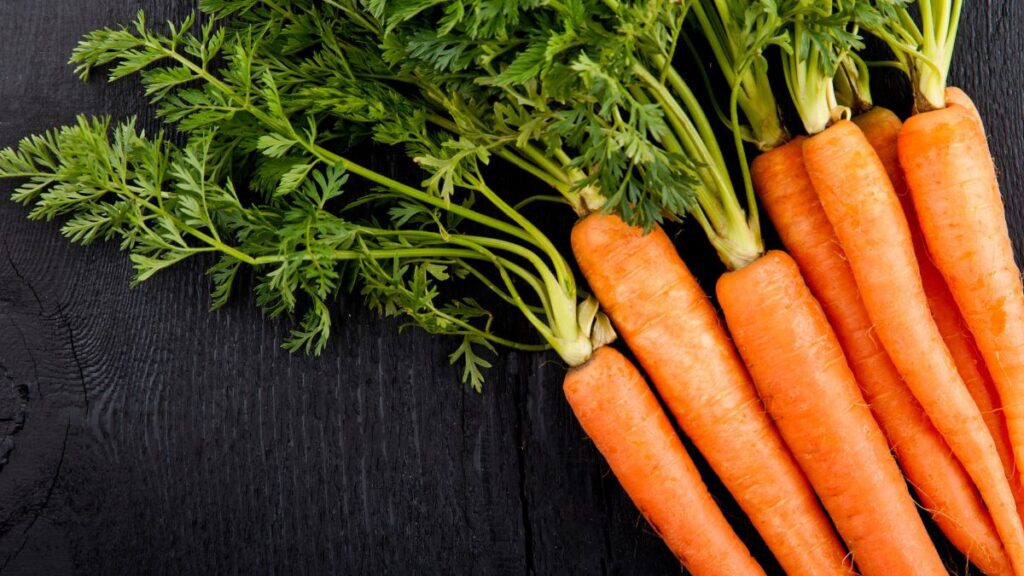
Carrots are a budget-friendly vegetable that can be used in a variety of dishes. They can be eaten raw as a crunchy snack, added to salads, or cooked in soups and stews. Carrots are rich in vitamins and fiber, making them a nutritious addition to your meals.
They are also relatively inexpensive and have a long shelf life when stored in a cool, dry place. Buying carrots in bulk can further reduce costs and provide a steady supply for your meals. Their versatility and affordability make carrots a valuable component of a cost-effective diet.
Greek Yogurt
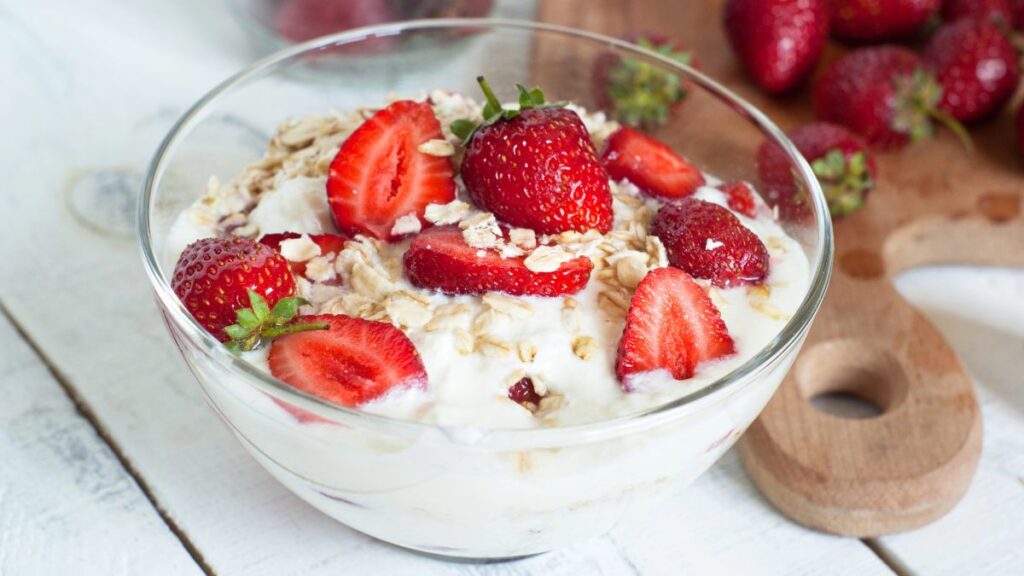
Greek yogurt is a nutrient-dense food that offers a good source of protein and calcium. While it may be slightly more expensive than regular yogurt, it is often more filling and can be used in both sweet and savory recipes.
Greek yogurt can be enjoyed on its own, used as a base for smoothies, or incorporated into sauces and dressings. Buying Greek yogurt in larger containers rather than single-serving sizes can help save money. Its versatility and nutritional benefits make it a worthwhile investment for those looking to maintain a budget-friendly yet healthy diet.
Cabbage
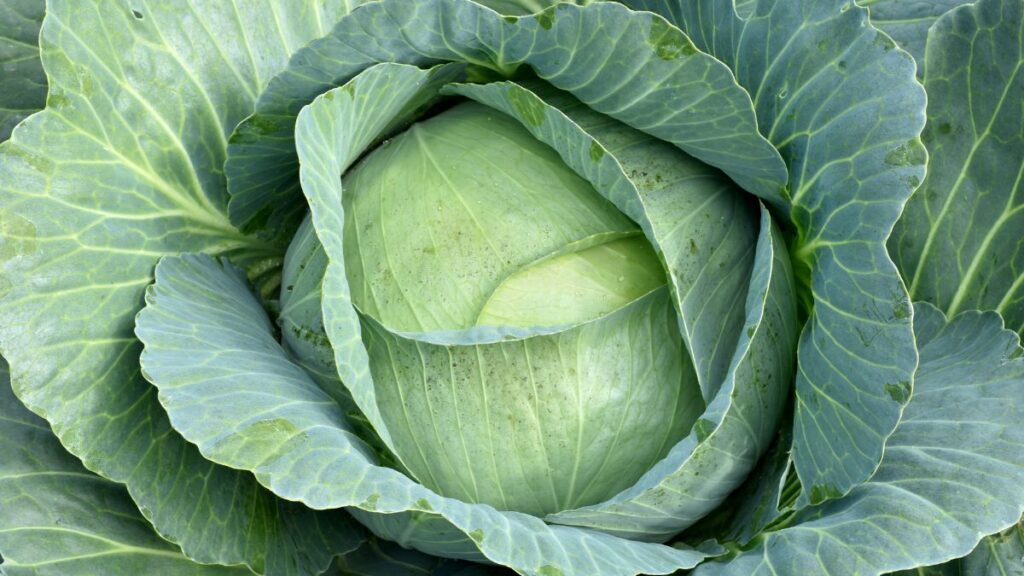
Cabbage is an inexpensive vegetable that can be used in many different ways. It can be eaten raw in salads, cooked in stir-fries, or added to soups and stews. Cabbage is a good source of vitamins, minerals, and fiber, making it a nutritious choice for your diet.
It also has a long shelf life, which helps reduce food waste and allows you to use it over time. Buying cabbage in bulk or larger quantities can further cut costs. Its versatility and affordability make cabbage a great option for anyone looking to keep their grocery bill low.
Bananas
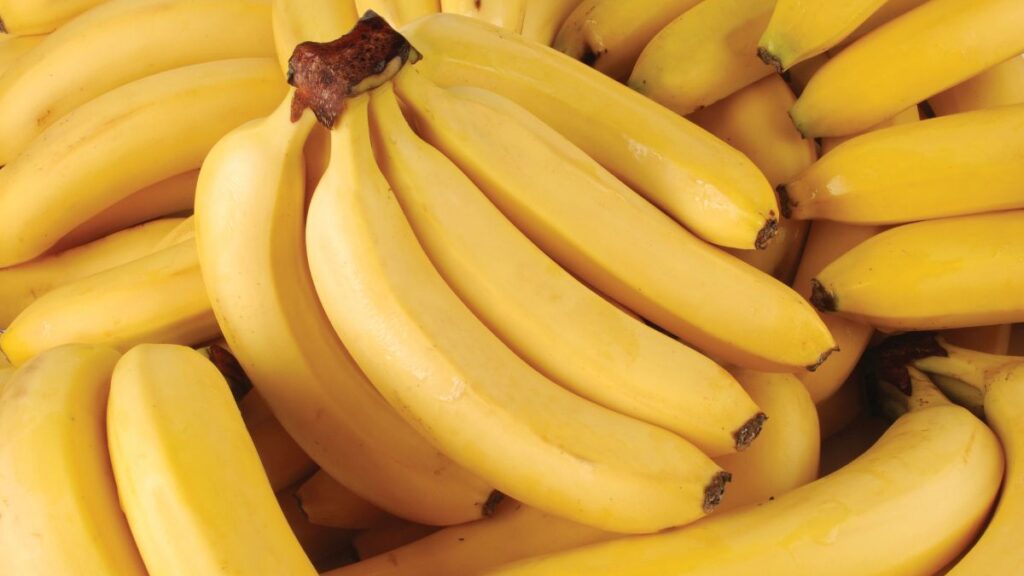
Bananas are a low-cost fruit that provides essential vitamins and minerals, including potassium and vitamin C. They are perfect for a quick snack, can be added to smoothies, or used in baking. Bananas are often cheaper than other fruits and have a relatively long shelf life, which helps reduce waste.
Buying bananas in bunches can save you money compared to buying them individually. Their natural sweetness makes them a great alternative to more expensive sweet treats. Incorporating bananas into your diet is a simple way to enjoy a nutritious fruit without breaking the bank.
Popcorn Kernels

Popcorn kernels are an affordable and healthy snack option when prepared at home. They are much cheaper than pre-packaged microwave popcorn and contain fewer additives and less salt. Popcorn is a whole grain and provides fiber, making it a filling and nutritious snack.
You can pop your own kernels on the stovetop or in an air popper, allowing you to control the amount of oil and seasoning used. Buying popcorn kernels in bulk can further reduce costs. This inexpensive and versatile snack is an excellent addition to a budget-conscious diet.
Whole Chicken

Buying a whole chicken can be a more economical choice than purchasing individual chicken parts. A whole chicken provides a significant amount of meat and can be used in various dishes, including roasted meals, soups, and salads.
You can also use the leftover bones to make homemade broth, which adds even more value. A whole chicken can often provide several meals, making it a cost-effective option for families. Its versatility and the ability to stretch it into multiple dishes help make it a valuable part of a budget-friendly diet.
15 Places Where You’re Expected to Tip—But You Really Don’t Have To

Tipping has become a widespread practice in many industries, with the expectation that you’ll leave a little extra for good service. However, not every situation truly warrants a tip, even if you feel pressured to give one.
15 Places Where You’re Expected to Tip—But You Really Don’t Have To
15 Most Annoying Habits of American Tourists When Dining Abroad

Traveling abroad is an exciting adventure, and dining in new places is a big part of the experience. However, some common behaviors by American tourists can be frustrating for locals and affect the dining experience.
15 Most Annoying Habits of American Tourists When Dining Abroad

